Collecting history as it happens – COVID-19 Stories campaigns across Australia

A Libraries Tasmania and TMAG partnership, COVID-19 Stories, is reaching out to Tasmanians to capture their stories and records of the pandemic. COVID-19 Stories is just one of many projects across Australia aiming to preserve memories of this historic time. Stories – big and small – are needed to fully record this story. With enough public input these wide-ranging projects will allow us to capture the diverse experiences of our community as we faced, and carried on through, a life-changing, worldwide pandemic.
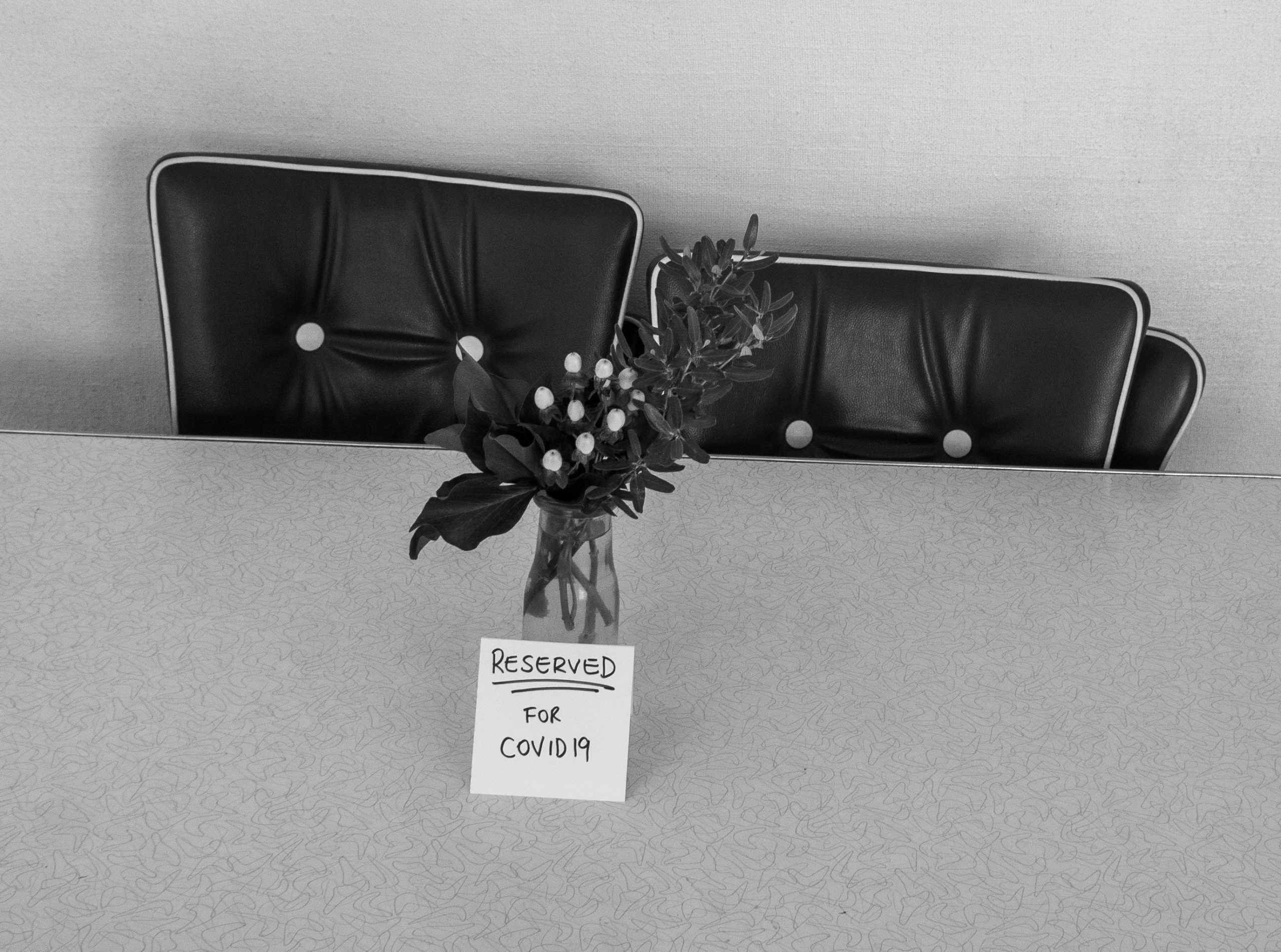
Everyday Life in Extraordinary Times
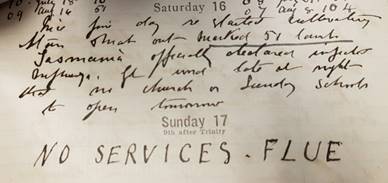
As we’re all discovering, when you’re living through a moment of profound historical change, sometimes it’s all you can do to keep your head above water. Documenting events for posterity may not rank high on your list, even if you are an historian yourself! But the everyday experiences of ordinary people in extraordinary times are exactly what historians are desperate to get our hands on, and what we as archivists are often searching for on behalf of our clients.
Over time, we’ve dredged up a number of accounts, including day to day activities, letters, documents, and photographs of the ‘Spanish Flu’ pandemic of 1918-19. These documents give us are fabulous glimpses of this important historical moment, but they’re scattered across different collections, and they can require quite a bit of detective work to find. Having great secondary sources (like the work of Stefan Petrow) helps us to navigate through the archives to tell these stories.
Some of the historical material we’ve found for clients (and for ourselves) from the great pandemic of 1918-19 includes politician Neil Elliott Lewis’s description of the influenza outbreak in his personal diaries (NS228/1/39). He mentions political moves to address the outbreak (the Premier himself is mentioned as being ill), while noting the outbreak had not stopped his own attendance at regular golf games. William Brown, surveyor and inspector in Hamilton recorded in his diary when the first influenza patients taken to Hamilton Hospital (August 1919), as well as his involvement with disinfection activities (NS1262/1/9).
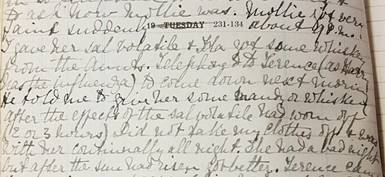
Ida S. McAulay, a Hobart based author, wrote in her diary (NS1077/1/26) about giving her sick twin sister Mollie ‘Sal Volatile’ (carbonate of ammonia), and advice to also give her ‘some brandy or whisky’ to combat her flu symptoms.
There are also letters and photographs from quarantine. In 1919, Bruny Island was one of the key quarantine stations in Tasmania, and Henry Seymour Baker wrote letters to his parents describing conditions there (NS2661/1/76). We’ve also got a few images of Barnes Bay Quarantine Station itself (NS669/1/37)
Whether we’re working on a family tree or a PhD, these images and documents are pure gold. And that’s where you come in – to document our own historical moment for our children, grandchildren, and beyond.
Documenting the Present for the Future
Each State and Territory library has a campaign in place to record our present extraordinary historical moment. Victoria has the Memory Bank: Collective Isolation Project. NSW is undertaking a ‘collecting drive’, asking for posters, flyers and mail-outs related to the pandemic, as well as running an online ‘Diary Files’ project. Queensland is asking for both physical and ‘digital ephemera’. South Australia is running ‘Remember my story – COVID-19’ asking the public to contribute their stories. In Western Australia the State Library is collecting material which reflects the community response and changes to services during the COVID-19 pandemic – COVID-19 Collecting Drive. The ACT Heritage library is collecting via collecting images and documents, and utilising a Flickr group to showcase donated images.

At a National level there are several major collecting projects underway. The National Museum is running’ Bridging the Distance’, utilising Facebook to invite Australians to share their experiences, stories, reflections and images of the COVID-19 pandemic. The National Archives and Australia Post’s ‘Dear Australia’ campaign asks for ‘Letters to Australia’ to be mailed in for permanent retention. The National Library has a focus on preserving websites and digital publications related to the pandemic.
Locally, Universities, Councils and community groups are also putting out the call. In Tasmania Clarence City Council has developed the ‘Letters in Lockdown’ and ‘Stitch on’ projects to encourage creative outlets for people to express their experience of the pandemic. The University of Tasmania has instigated the ‘Tasmania Project’, gathering evidence to help inform how the State responds to and moves beyond the pandemic. Neighbourhood Houses have created a time capsule which will hold a range of donated items to reflect how each Neighbourhood house has experienced this time.
Doing Our Bit: Community Archives and the COVID-19 Stories Project
Here is a glimpse at some of the wonderful material that our friends and neighbours have been sending in as a part of the COVID-19 Stories Project. They are all, quite simply, a wonderful window onto our shared experience over the past two months. Have a look at a few excerpts from some of the submissions we’ve already received.
‘I’m a retired medical scientist, and an avid reader, and I understand the clinical ramifications of the COVID 19 virus, and the statistics of the epidemiologists. I’m nearly 72, so I’m in the firing line for the complications, and low on the priority list if the medical resources are swamped. My children and their partners work in front-line services.
The panic fills my body, and I tremble with overwhelming terror as I think of my family and friends, and who of us will survive this year.’
Beth Rees
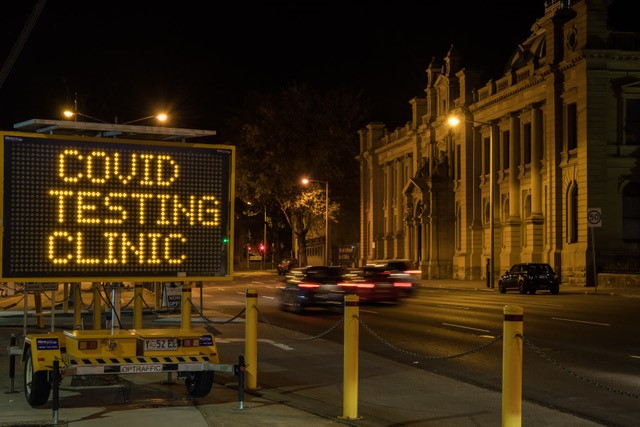
‘For six weeks, my five-year-old and eight-year-old have been learning from home. We finish ‘school’ around lunch time most days, and the kids head outside to play in the garden or ride their bikes along the back road behind our house. On rainy days they stay inside and amuse themselves any way they can – we’ve had bunkbed-cubbies, floor-is-lava, LEGO creations, jigsaw puzzles – plus plenty of screen-time. I’m not a saint.’
Emily Morgan

‘ … It’s called Coronavirus and it’s changed the way we love No sneaking up, no stolen kiss, no gentle playful shove We wash our hands and disinfect a hundred times a day We overthink our every move; hygiene gets in the way …’
excerpt from the poem ‘2020’ by Jan Batchelor
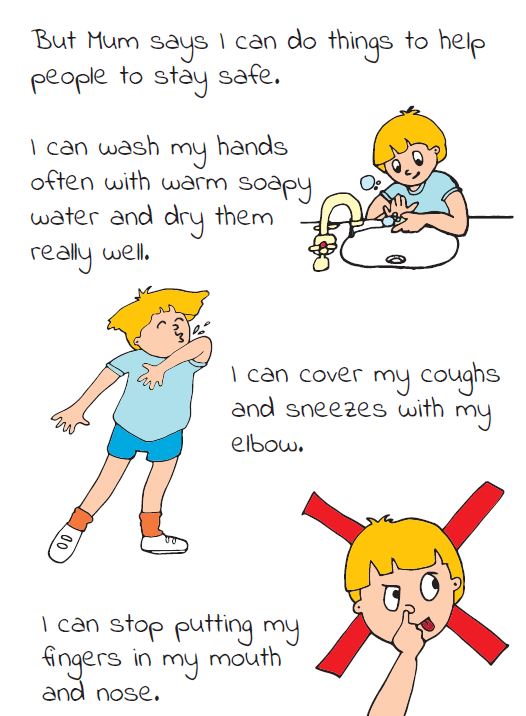
‘I miss critical interaction with other artists. I find myself thinking on any Instagram comment made about my work, more than I should. I watch the numbers more than I should.
My days possess new rituals for getting the day on, for productivity and for permitting myself down time, rather than whipping myself for a lack of output, or perceived quality.
This will all change eventually. Change is life after all. I focus on the present intellectual and emotional challenge to my practice. I must make it useful.’
Artist Jane Giblin
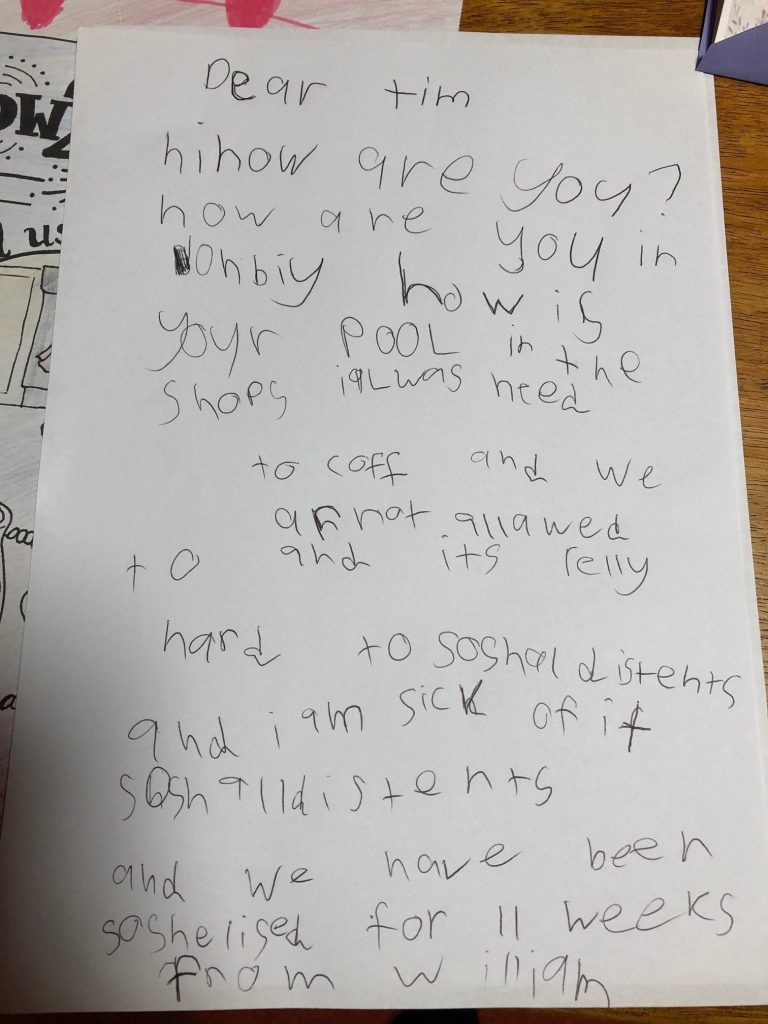
‘ “When the virus is over, I’ll have my McDonald’s birthday party. Until then I’ll just invite my invisible friend Brian to my birthday party. He doesn’t have the virus”. This coming from my almost 5-year-old daughter tugs at my heart strings. The idea of no one coming to her birthday party except for her invisible friend is a stark contrast to the birthday we promised her months ago. The promise of a birthday party was made in a different world. A world where gatherings of people weren’t illegal. When the time came to keep her home from school, I softened the blow with penguin waffles. A gesture that seemed woefully inadequate given the magnitude of the current world crisis.’
Writer, Sonia Grimshaw

‘The current pandemic has been world changing, but that doesn’t mean it needs be entirely negative. What we have before us is the time and opportunity to sit back and observe how we have done things in the past and how we could do things better moving forward. Working from home is one such opportunity, and those companies clever enough to harness it will be the ones who come out of the other side of this crisis far better for it.’
From ‘Is working from home working’, Warrick Sears
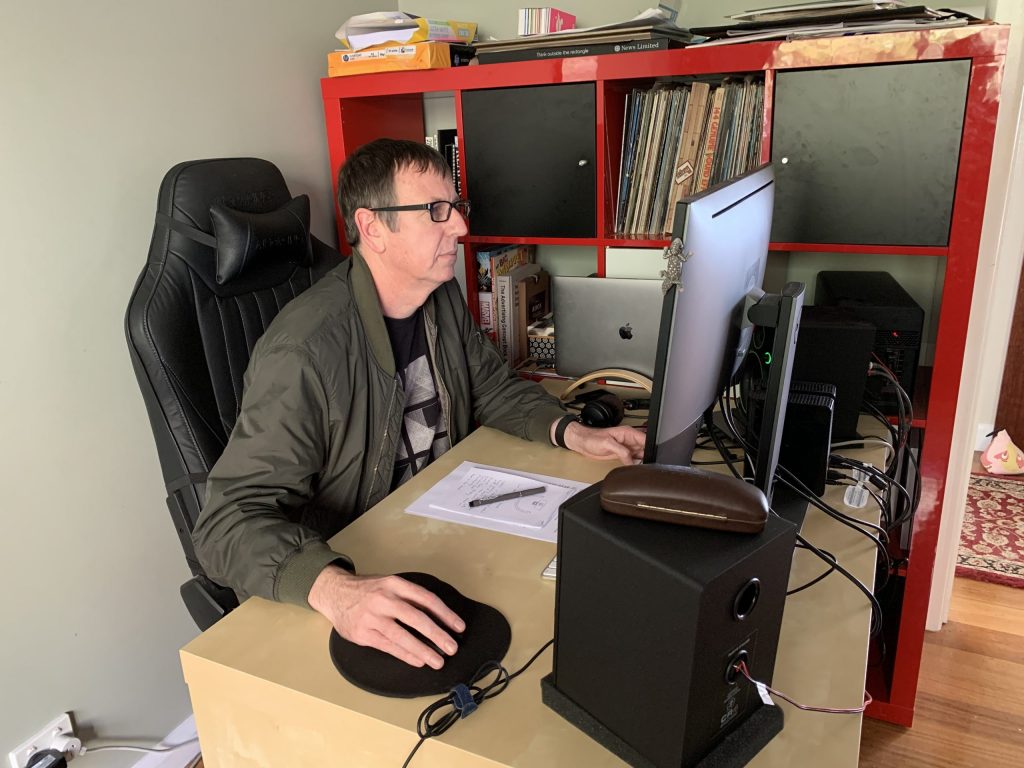
Before this virus, we had a life.
He’d go to work and I was the wife.
Alarm always set for five, struggle to get up,
drink coffee until we were barely alive.
It’s all a bit different since then,
we still rise bright and early, around about ten.
Coffee in bed and a bit of a look,
eyes are so tired from hours on Facebook.
Make the bed quickly so we don’t get back in.
The only time we go out is to put out the bin.
Don’t brush my teeth and don’t comb my hair.
If it looks like I got dressed in the dark, I don’t care.
Nobody to see, I am going nowhere.
Patterns and floral with wild colours too.
No need to co-ordinate to go as far as the loo.
Not sure what day it is, I have lost track.
Stopped paying the bills, a few weeks back.
Should learn a new skill like chess or play bridge,
but it is all a bit hard, with your head in the fridge.
Excerpt from ‘Covid Blues’ by Julie Chettle, April 16, 2020
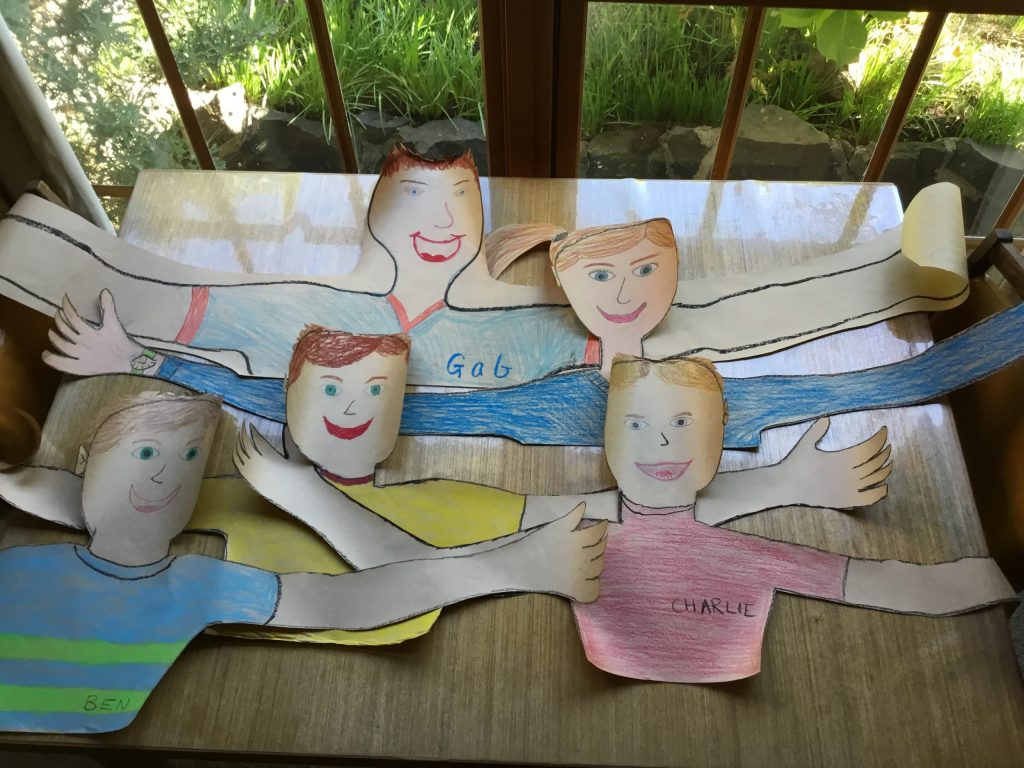
‘Being a bit of an introvert, I was not too worried when the virus first hit and we were told to stay at home. With so many regular commitments being cancelled, I had a valued opportunity to pull right back into my shell for a time, like a hermit crab …. Right, I thought. Everything has stopped. Time to do a project. It’s just a matter of selecting one… I realise the time is short. Slowly, as different organisations are learning about Zoom, some of my regular commitments have already been coming back, and the happy quiet time I have been able to spend alone with my images will be ending soon. But out of it has come a little bit of extra knowledge, and hopefully a little bit of an increase in a sense of community out there.’
Author and Mt Wellington specialist, Maria Grist
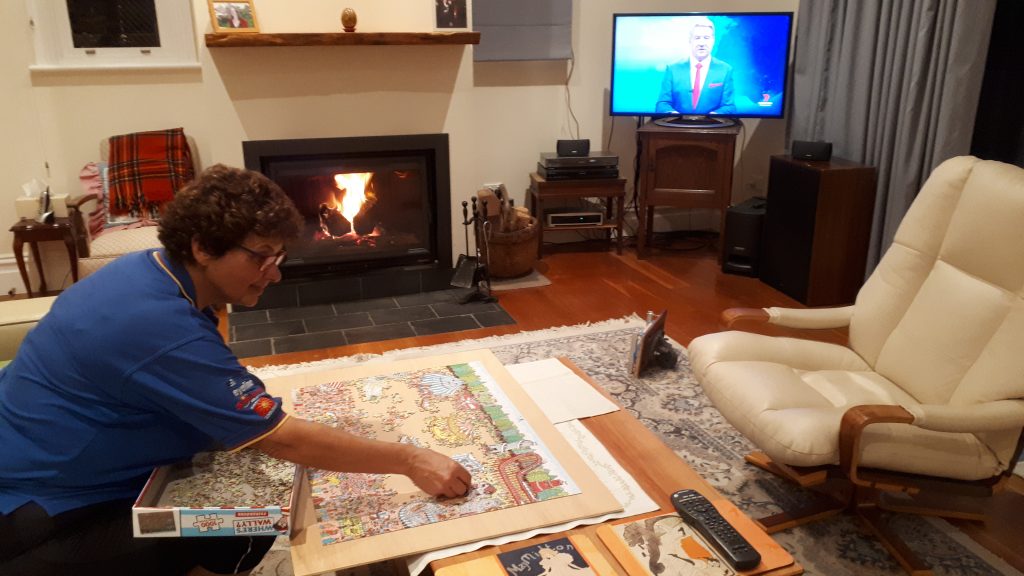
We have received submissions from right across Tasmania. Letters, poems, candid photographs from our streets, shops, businesses, schools and homes. Each submission is a puzzle piece that will help future researchers to glimpse into the past. Please consider sending in a contribution. However small or humble, your Tasmanian COVID-19 story will be a welcome addition.
The end product of this project will be a collection that is accessible either online via the Libraries Tasmania catalogue, or in person at the History Room on the second floor of the State Library in Hobart. Selected items will also become part of the TMAG collection and be available for possible future exhibit. Submissions of a private or personal nature can be kept closed for access for a designated time. More information about the COVID-19 Stories Project and the process for submitting material can be found on the websites of Libraries Tasmania and TMAG, or email covid19stories@education.tas.gov.au.

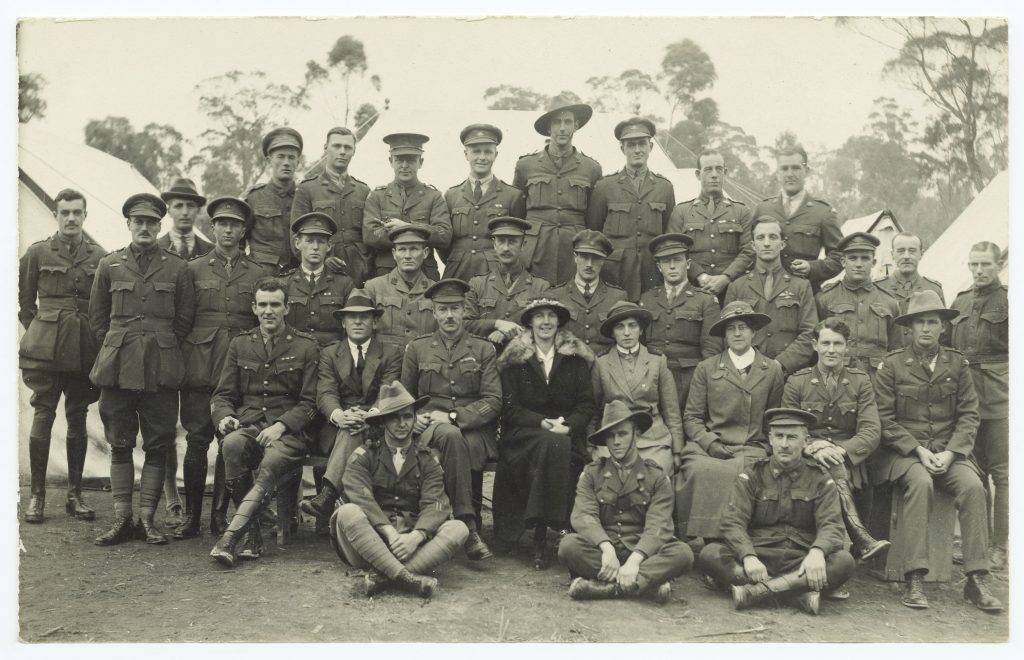

It’s so interesting to see people’s responses to what we’re all living through. I think this is a wonderful project and I’m so proud to be a part of recording our living history.